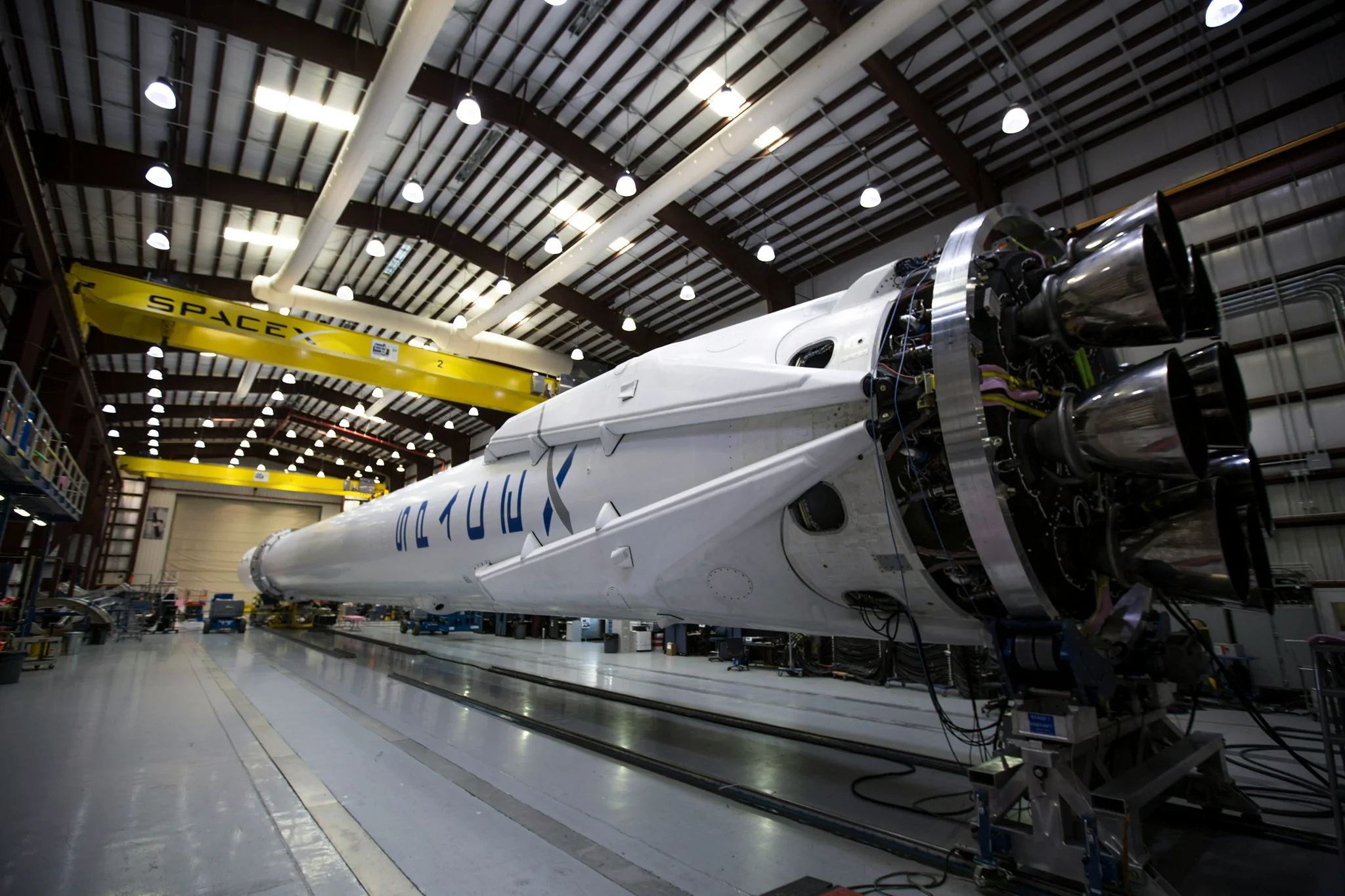Drop off your CV
We'd love to hear from you. Send us your CV and one of our specialist consultants will be in touch.
Strategic Location: Fairfax County hosts major defense and aerospace companies, benefiting from proximity to the Pentagon, the Department of Defense, and NASA, facilitating easier access to federal contracts and high-profile projects.
Federal Procurement Dominance: Companies in Fairfax County receive more federal procurement dollars than any other U.S. locality, making it a lucrative area for defense and aerospace operations.
Notable Companies: Prominent firms like Northrop Grumman, Airbus, Rolls-Royce, and BAE Systems are headquartered or have a significant regional presence, indicating strong industry confidence.

Skilled Workforce: Virginia boasts a competitive talent pool, with many candidates holding security clearances and former military personnel contributing to the workforce.
Growing Industry Projects: The state has announced over 60 aerospace and unmanned aerial systems (UAS) projects in the past decade, leading to significant job creation (over 4,600 jobs) and investment (over $865 million).

Strong Infrastructure: An extensive network of transportation links, including airports, railways, and ports, supports supply chain needs and logistics for the aerospace and UAS industries.
Project-Ready Sites: Virginia offers a robust portfolio of sites for aerospace operations, including over 300 fully characterized sites and numerous industrial buildings available for lease, catering to diverse business needs.

Here are some examples of the diverse range of senior roles within the industry:
Lead Cross-Functional Teams: Direct and coordinate multidisciplinary teams throughout the project lifecycle, ensuring alignment and timely execution of aerospace projects.
Project Lifecycle Management: Oversee all aspects of project management, including budgeting, scheduling, and risk management, to ensure projects are delivered on time and within budget.
Stakeholder Coordination: Collaborate with engineers, suppliers, and clients to ensure project specifications are met and compliance with quality standards is maintained.
Risk Identification and Mitigation: Proactively identify, assess, and mitigate project risks, ensuring that issues are resolved before escalation and that risk management plans are maintained.
Communication and Reporting: Prepare and present regular project updates to senior management and stakeholders, highlighting progress, challenges, and proposed solutions.
Strategic Growth Planning: Ability to develop and implement comprehensive growth strategies that align with the company's overall objectives and market dynamics.
Market Expansion: Proficiency in identifying and pursuing new market opportunities, segments, and channels for growth, both domestically and internationally.
Cross-Functional Collaboration: Strong collaboration skills to work effectively with departments such as sales, marketing, and product development to support growth initiatives.
Data-Driven Decision Making: Expertise in leveraging data analytics to inform growth strategies, optimize marketing and sales efforts, and enhance customer acquisition and retention.
Team Leadership and Management: Capability to manage and motivate high-performing teams focused on growth initiatives, fostering a culture of performance and accountability.
Lead Capture Strategy Development: Develop and execute comprehensive capture plans, including win strategies, gap analysis, technical approaches, and pricing strategies to improve win probability.
Build and Manage Strategic Partnerships: Establish and strengthen partnerships across the aerospace industry, including vendors and teaming partners, to enhance product offerings and competitiveness.
Customer Engagement and Relationship Building: Act as the primary interface with customers, developing relationships that support contract growth and maintaining a robust understanding of customer requirements and expectations
Team Leadership and Mentorship: Lead and mentor a high-performing capture team, providing guidance and training to optimize capture processes and encourage cross-functional collaboration.
Conduct Market and Competitor Analysis: Maintain awareness of industry trends, competitor activities, and emerging technologies to shape product roadmaps and strategic initiatives effectively.
Although the industry is experiencing growth, recruitment challenges continue to persist. Here are some key examples:
Increased Demand for Tech Skills: As automation continues to expand, the demand for enhanced technical capabilities is becoming more critical. Governments and commercial clients now seek more sophisticated solutions driven by trends such as cybersecurity, automation, digitization, the Internet of Things, and artificial intelligence. This shift underscores the growing need for specific skills in the aerospace and defense sector, highlighting the talent challenges faced by companies in this industry.
Demographic Changes: The industry is experiencing a notable demographic shift, marked by an aging workforce and a scarcity of younger professionals joining the field. It's essential for the industry to proactively tackle this challenge to ensure a seamless transition and maintain operational continuity.
To ensure the industry continues to thrive with the senior talent it needs, consider the following recruitment strategies:
Involve H.R. as a strategic partner in workforce planning, finance, and business development. This collaborative approach will create a coordinated hiring plan that aligns with program demands and future skill requirements, recognizing the unique talent needs across job families.
Focus on strategic, outcomes-driven learning and development initiatives. By aligning L&D programs with business objectives, companies can prioritize skills that deliver the highest ROI. Additionally, leveraging generative A.I. can enhance onboarding and productivity, preparing employees for evolving roles and developing a more adaptable and skilled workforce.
Establish a hiring engine that operates like a sales organization, prioritizing the development of strong relationships among talent acquisition, H.R., and analytics teams. This includes creating a "talent win room" that combines various resources to streamline the hiring process, enhance agility, and improve the employee value proposition. Emphasizing quality over quantity in hiring and developing collaboration will help attract and retain critical talent in the aerospace and defense sector.
This includes skills such as:
Talent with these skills could be transferred from industries such as:
This includes skills such as:
Talent with these skills could be transferred from industries such as:
This includes skills such as:
Talent with these skills could be transferred from industries such as:
This includes skills such as:
Talent with these skills could be transferred from industries such as:
Whether you're navigating hiring challenges or have expertise to feature, we want to hear from you. Reach out to us below to share your insights, or discuss how we can support your success in the thriving aerospace and defense sector.